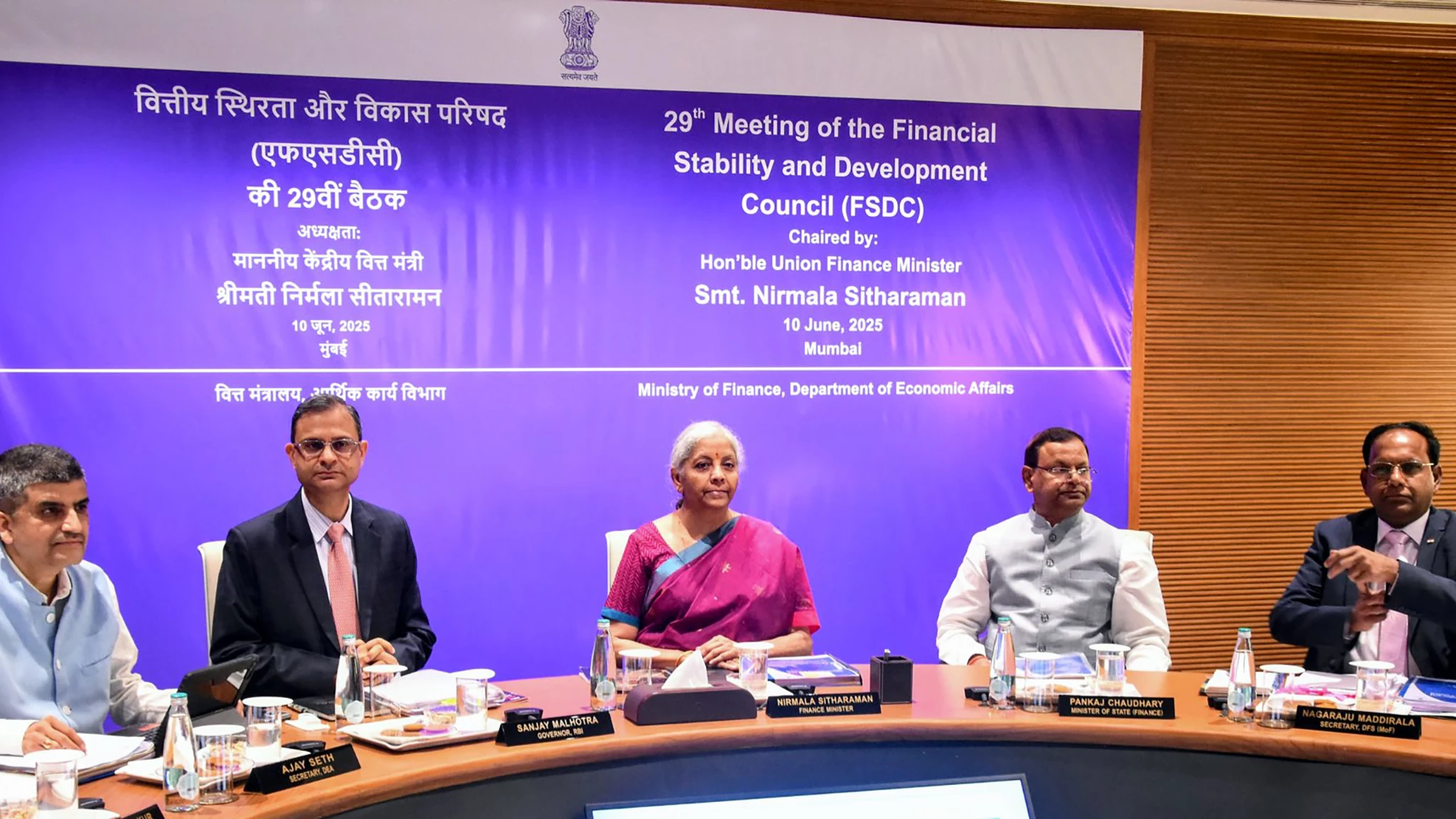The air in global markets remains thick with uncertainty, a lingering effect of US President Donald Trump’s unpredictable stance on tariffs. As Tim Harford noted in the Financial Times, it’s hard to know what markets should even react to when the primary driver is so volatile. This unpredictability, coupled with the International Monetary Fund cutting global and US growth forecasts due to tariff impacts, has understandably unnerved investors.
Capital Flows Remain Uneasy
Traditionally, periods of global stress see capital retreat to perceived safe havens like the US dollar. This time feels different. As Nomura analysts highlight, the narrowing spread between Asian bonds and US Treasury yields suggests a structural shift. Capital isn’t necessarily flying back to the US. But is it finding a confident home in emerging markets like India? Beyond mandatory index allocations, foreign investors are not rushing into Indian bonds, and exits from equities persist.
Financial Sector Shows Strength
Amidst this broader market hesitancy, India’s Banking, Financial Services, and Insurance (BFSI) sector presents a notable pocket of resilience. The Reserve Bank of India’s easing of monetary policy, both on interest rates and liquidity, has provided significant support. While lenders face short-term margin pressure as lending rates adjust, the liability side offers potential gains. Critically, as Ananya Roy pointed out, having lagged the broader market rally, financial services valuations appear much more palatable now.
NBFCs Navigate Pressures
However, recent earnings reports reveal that resilience doesn’t mean immunity from challenges. Shriram Finance, a major NBFC, reported a fourth-quarter profit that missed analyst expectations. Higher financing costs significantly pressured its bottom line, demonstrating that despite some RBI relaxations, these pressures persist for some players. Their net interest margin also remains below recent highs, and asset growth slowed from previous periods. Read more about Shriram Finance’s results here.
L&T Finance also reported its results, showing robust consolidated profit growth of 15%. While full-year retail disbursements were strong, the fourth quarter saw a slight decline. Maintaining efficient credit risk management was key to their performance, reflected in stable credit costs. Details on L&T Finance’s earnings are here.
Adding another layer to the NBFC narrative, Cholamandalam Investment and Finance has announced its foray into the gold loan segment. This move follows similar plans by other players like Poonawalla Fincorp and Piramal Finance, indicating growing interest and potential in this secured lending space. Chola reported stable asset quality and good growth in net interest income and profit, suggesting strategic moves are being made from a position of relative strength. Find the CNBC TV18 report on Chola’s move here.
While the spectre of tariffs and global trade complexities continue to weigh on overall market sentiment, the BFSI sector appears relatively better positioned, benefiting from supportive domestic policies and potentially attractive valuations, even as individual companies navigate specific cost and growth dynamics. Will this resilience be enough to offset broader market fears in the coming months? The answer likely depends on how quickly global trade tensions ease and domestic consumption holds up.
Inage Courtesy: CNBC TV18










Leave a Reply